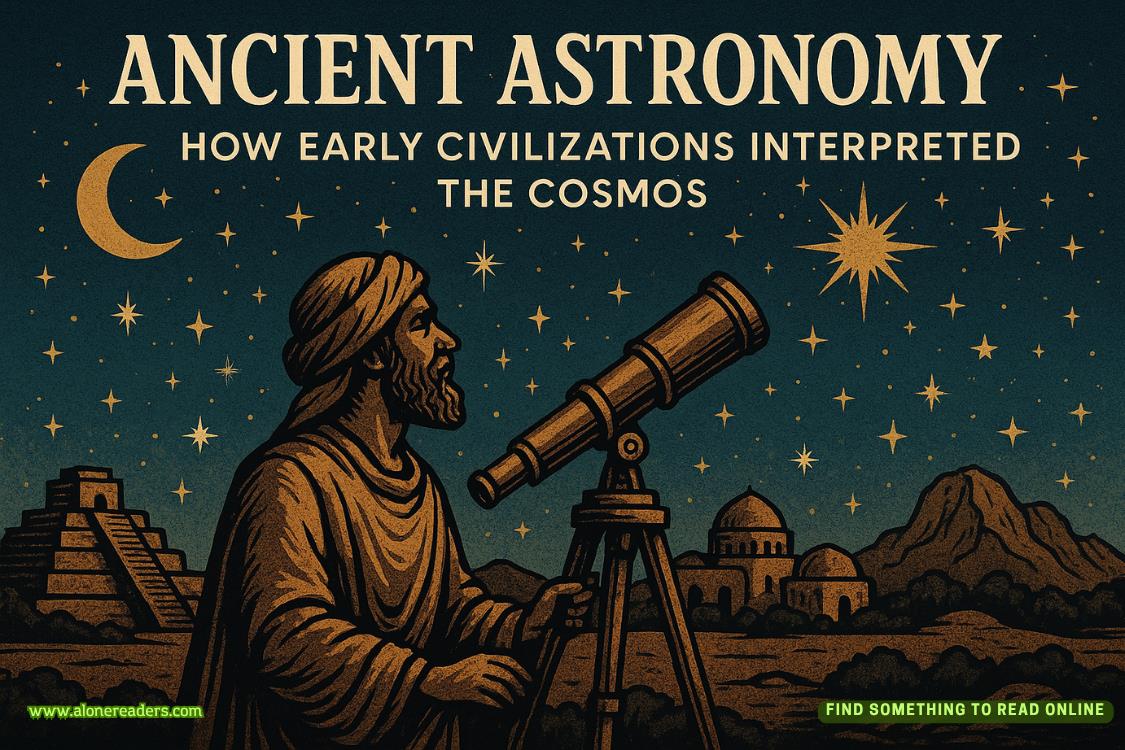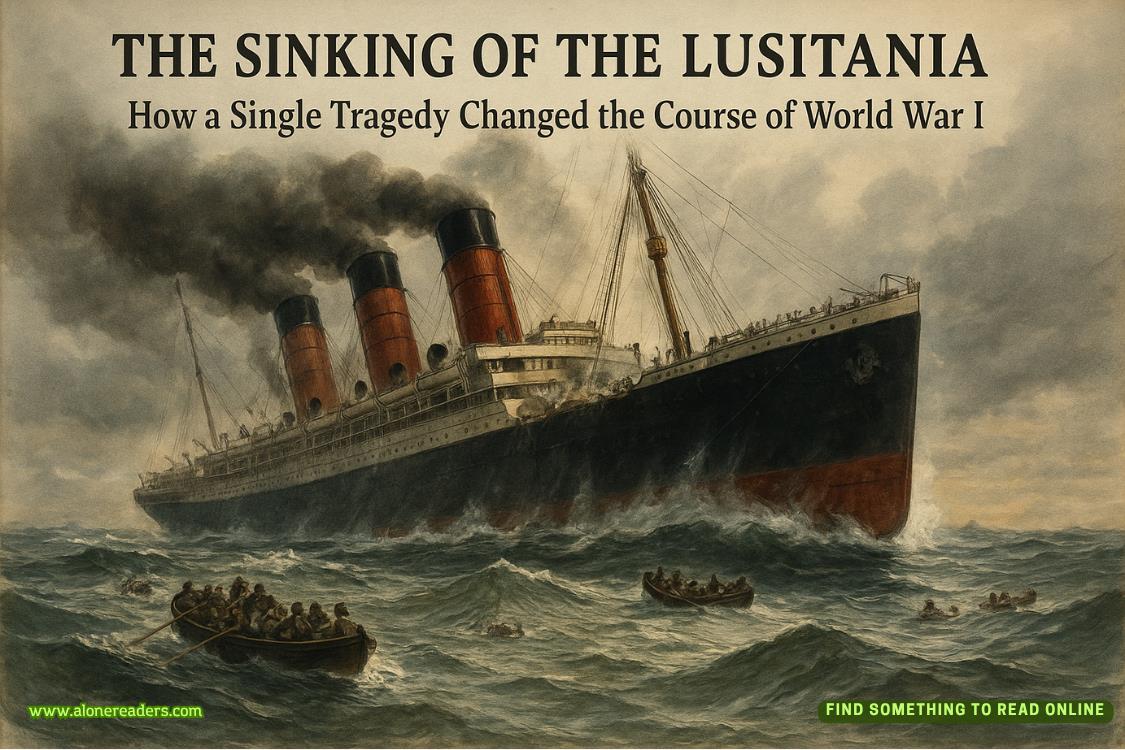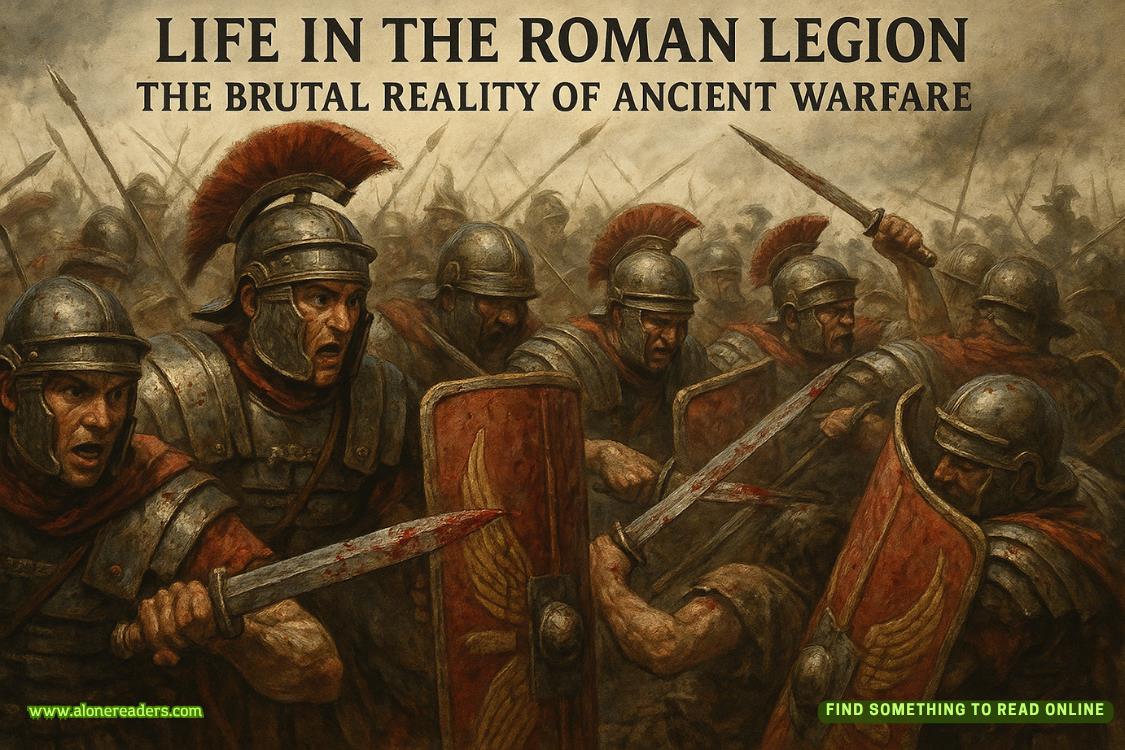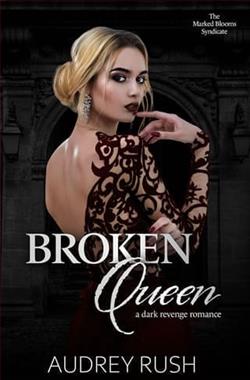Page 121 of Head Room
“Now, you’re getting the idea.”
“So having you read this manuscript and my reading it doesn’t get us anywhere.”I wasn’t asking her, but telling myself.
“Don’t know until you know, right?”
I snorted.“Now you’re making me sound like a writer.”
“You should be so lucky.”After half a beat, she added.“Or so crazy.Mind if I show the manuscript to Sheila?”
The request mildly surprised me, though I didn’t know why.Sheila had also been part of the untangling we did in London.And I’d never doubted that she and Kit remained close, even though they no longer lived together.
“Don’t mind at all.”
Thoughts of Sheila reading the manuscript reminded me of Connie’s comments.
“What about the characters?”I asked abruptly.Could Irene’s great insight into people in real life have been infused into characters in ways she might not even have been aware of...?
“You’re asking where characters came from?If they’re modeled after people in real life?That’s one of the questions we get asked all the time, along withWhere do you get your ideas?”
Good thing I hadn’t asked that one, too.
“The answer to both is pretty much from everywhere,” she said.“Like I said before, it depends on the author and the book.Some authors chart them out with precision.Some write their way into the characters as they draft, then go back and smooth out the edges after they know what needs to be there.
“As for coming from real life, I don’t know anyone who plucks them whole — it wouldn’t work well, since the character needs to fit the story.
“Oh, sure readers say that character is exactly like so-and-so from your own real life or this character is exactly like a public figure.But they never are — not in my experience or that of authors I know.Like when you meet a new person, even if they remind you of someone else, they’re not that other person.They’re separate individuals.They’repeople.
“We — authors — might pick up bits and pieces from real life, but then we slice them up, mix them with other things, strain them through our imaginations, let them get knocked around by plot events and the other characters, and finally they stand on their own two feet.”
I respected what she said and understood it in theory, yet had a hard time imagining how someone did that.
“You were hoping Irene plunked someone from real life into her manuscript that would help you with your possible murder,” Kit said with far less sympathy than I deserved.
Of course I did.Fat lot of good hoping did me.
Instead of confessing, I told her what Connie said about Irene’s change of attitude about writing her story when she received a fatal diagnosis.
Kit clicked her tongue.“That’s what it takes sometimes to let go of thinking it’s got to be perfect.Too bad.We could’ve had more stories from her.What do you think of it, Elizabeth?”
“Like I told you, the notes and skipping chunks and all that boggles my mind—”
“Journalist,” she said.“Linear.”
Neither word was a compliment, but they did include tolerance, maybe even a level of affection.
Then she added, “Question is what you think of the story.”
“It’s not what I ordinarily read...”I considered for a moment.“I’ll keep reading.I want to know more.”
“From what I know of you, you always want to know more, but what you said about reading more, that is what a writer wants to hear.That’s the only true test to pass, that the reader wants to keep reading.”
CHAPTER FORTY-SEVEN
When I gothome, I had a nice surprise.
A very nice surprise.
Tom’s truck, with Tom in it, parked in the street — leaving the driveway clear for me to pull in.















